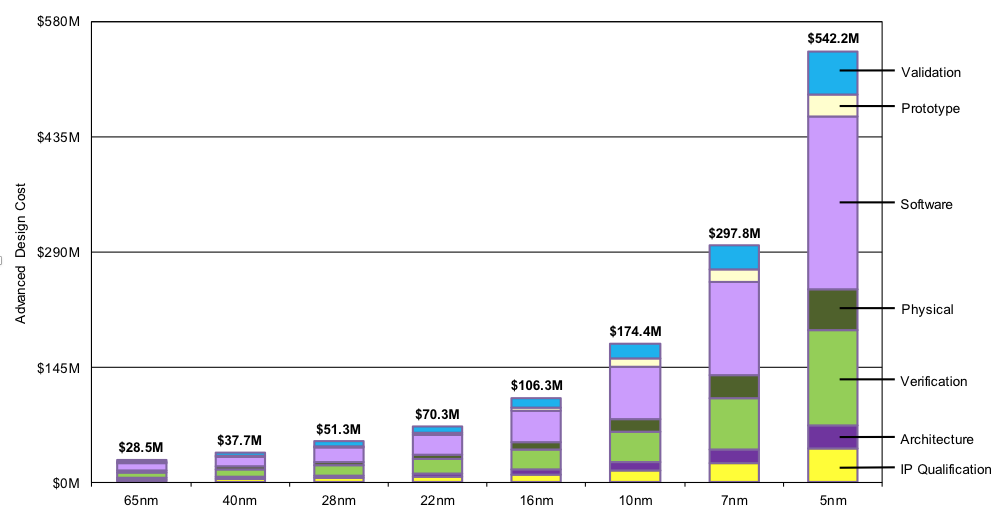anexanhume
Veteran
Would a wider bus reduce disproportionate bandwidth contention however?
60 FPS doubles bandwidth use over 30fps, while physical bandwidth keeps as a constant.
That being said, the CPU is running the memory twice as hard gutting the bandwidth available to the GPU.
*correct me if wrong*
Say CPU normally takes up 20 gb/s at 30fps. The bandwidth available to GPU is now 120 say.
But at 60fps it's going to be 40 gb/s. The bandwidth now will be < 100.
If the goal is high framerate support for next gen, will bus width be a factor?
edit:
wrt this old document

Do you have the source of this document? I’ve never seen that graphic before.

